History has been made!!!
It made 5 grams of the gas — equivalent to what an astronaut at Mars would need to breathe for roughly 10 minutes.
An instrument in the Perseverance rover produces oxygen from the planet’s carbon dioxide atmosphere.
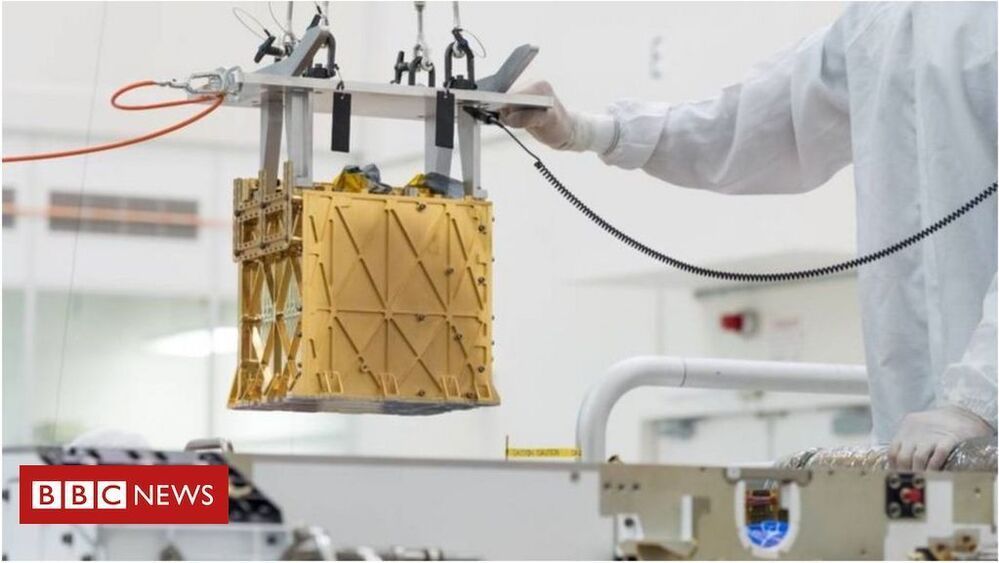
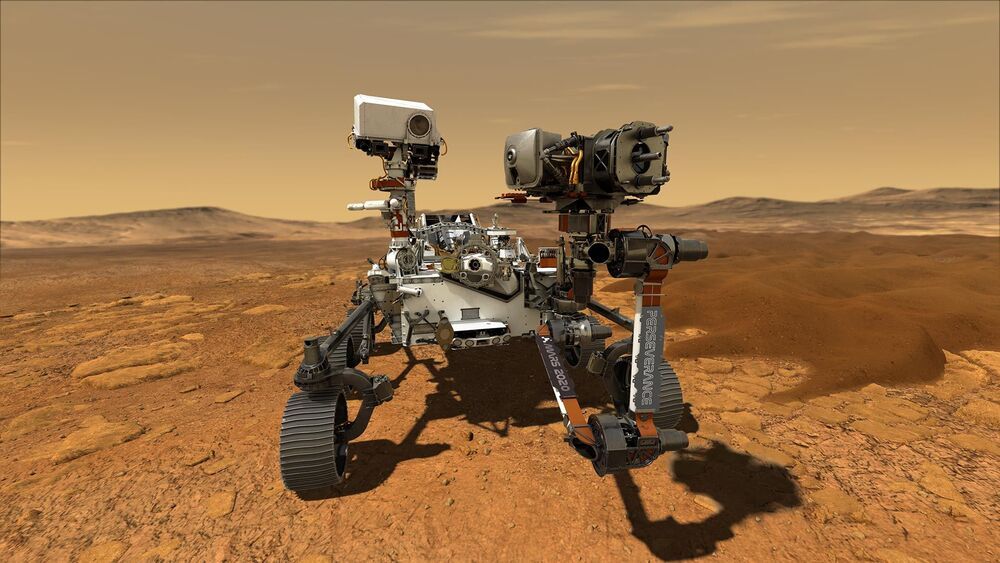
The milestone, which the MOXIE instrument achieved by converting carbon dioxide into oxygen, points the way to future human exploration of the Red Planet.
The growing list of “firsts” for Perseverance, NASA ’s newest six-wheeled robot on the Martian surface, includes converting some of the Red Planet’s thin, carbon dioxide-rich atmosphere into oxygen. A toaster-size, experimental instrument aboard Perseverance called the Mars Oxygen In-Situ Resource Utilization Experiment (MOXIE) accomplished the task. The test took place April 20, the 60th Martian day, or sol, since the mission landed on February 18.
While the technology demonstration is just getting started, it could pave the way for science fiction to become science fact – isolating and storing oxygen on Mars to help power rockets that could lift astronauts off the planet’s surface. Such devices also might one day provide breathable air for astronauts themselves. MOXIE is an exploration technology investigation – as is the Mars Environmental Dynamics Analyzer (MEDA) weather station – and is sponsored by NASA’s Space Technology Mission Directorate (STMD) and Human Exploration and Operations Mission Directorate.

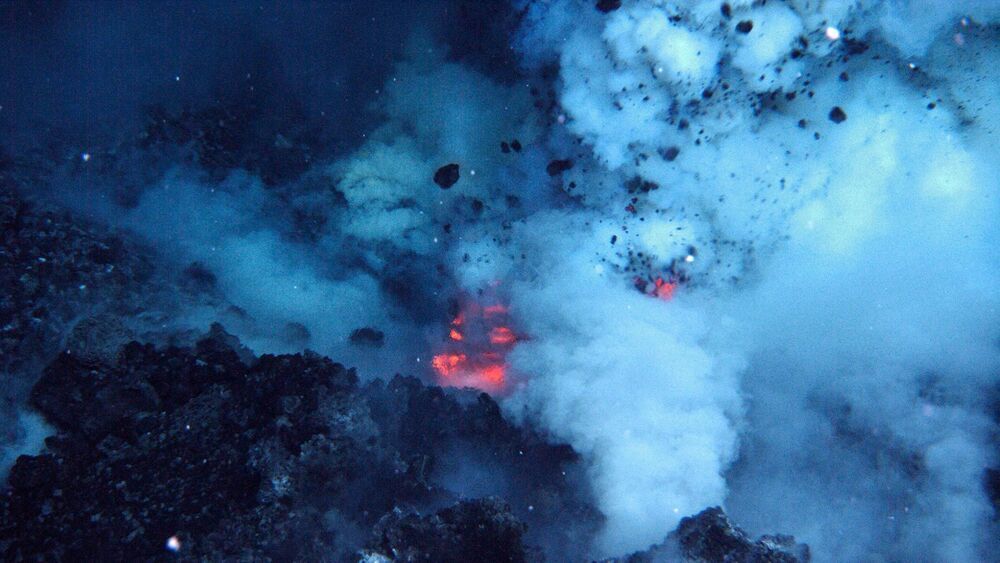
Volcanic eruptions deep in our oceans are capable of extremely powerful releases of energy, at a rate high enough to power the whole of the United States, according to research published today.
Eruptions from deep-sea volcanoes were long-thought to be relatively uninteresting compared with those on land. While terrestrial volcanoes often produce spectacular eruptions, dispersing volcanic ash into the environment, it was thought that deep marine eruptions only produced slow moving lava flows.
But data gathered by remotely operated vehicles deep in the North East Pacific and analyzed by scientists at the University of Leeds, has revealed a link between the way ash is dispersed during submarine eruptions and the creation of large and powerful columns of heated water rising from the ocean floor, known as megaplumes.
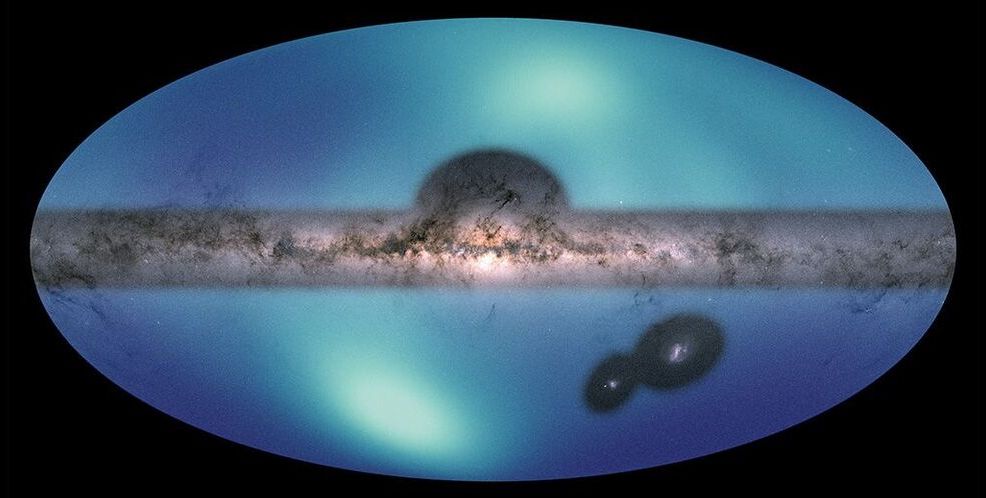
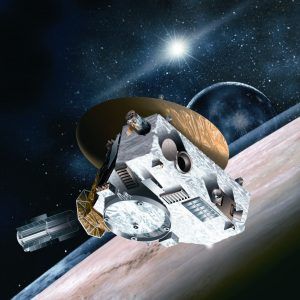
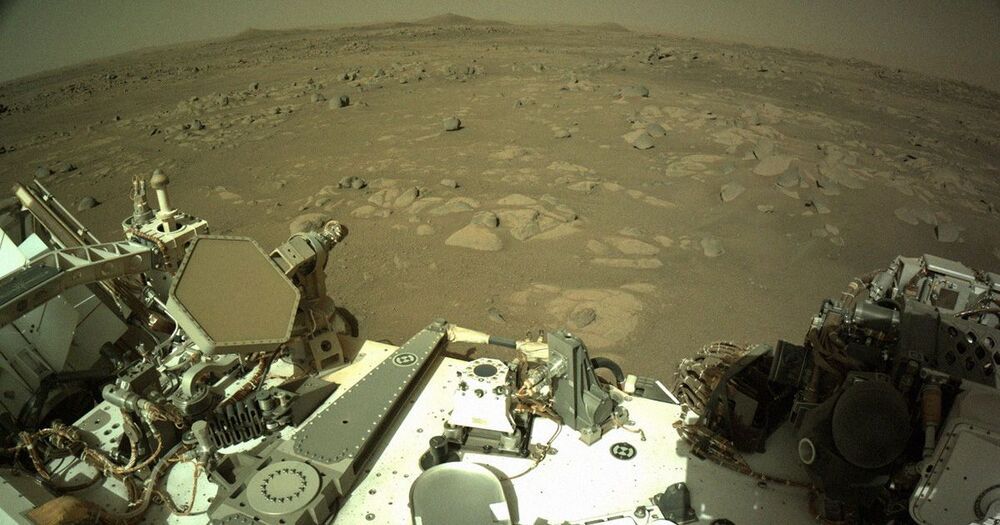
Oxygen isn’t just the stuff we breathe. Rocket propellant depends on oxygen, and future explorers will depend on producing propellant on Mars to make the trip home.
The instrument, called the Mars Oxygen In-Situ Resource Utilization Experiment (MOXIE), is a technology demonstration that could eventually be scaled up to produce enough propellant to enable a crew of astronauts to take off from the surface of the Red Planet.
“This is a critical first step at converting carbon dioxide to oxygen on Mars,” said Jim Reuter, associate administrator of NASA’s Space Technology Mission Directorate (STMD), in a statement. “MOXIE has more work to do, but the results from this technology demonstration are full of promise as we move toward our goal of one day seeing humans on Mars.”
“Oxygen isn’t just the stuff we breathe,” he added. “Rocket propellant depends on oxygen, and future explorers will depend on producing propellant on Mars to make the trip home.”
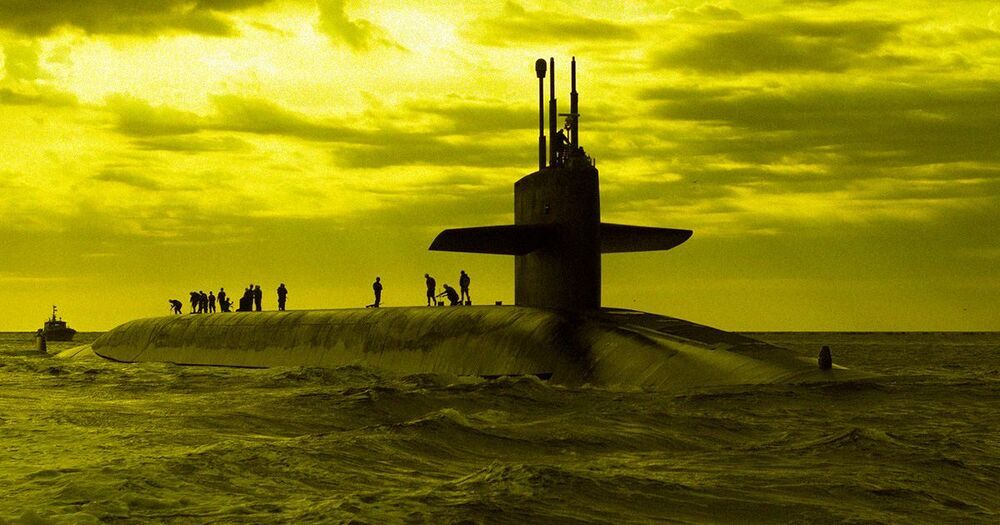

In this episode of “Intelligence Matters,” National Security Commission on Artificial Intelligence Chair and Former CEO of Google Eric Schmidt joins Michael Morell to discuss the importance of investing in artificial intelligence as a national security priority. Schmidt believes China is likely to catch up to the U.S. in a few years in its artificial intelligence capabilities. He outlines how intelligence and national defense can benefit from superiority in these technologies and the benefits of holding A.I. to American values.
HIGHLIGHTS
China is catching up to the U.S. in A.I. capabilities: “Where we are today with A.I. is that we judge America still ahead, but China investing very heavily and likely to catch up very soon. We don’t say what soon is, but my personal opinion, it is a few years, not five years.”
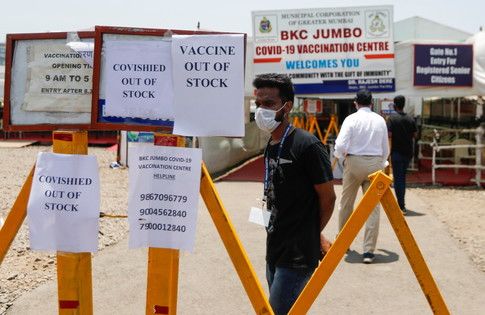
British prime minister Boris Johnson has cancelled his trip to India, with the country being added to the UK’s “red list” of restricted destinations. COVID-19 cases in India are rising sharply and a specific variant of the virus – B1617 – is becoming increasingly common there.
The views expressed in this article are those of the author alone and not the World Economic Forum.